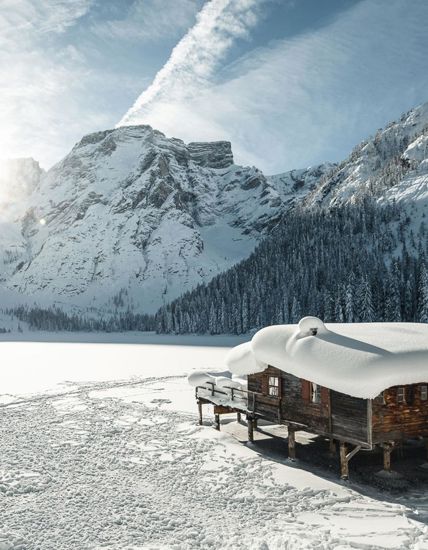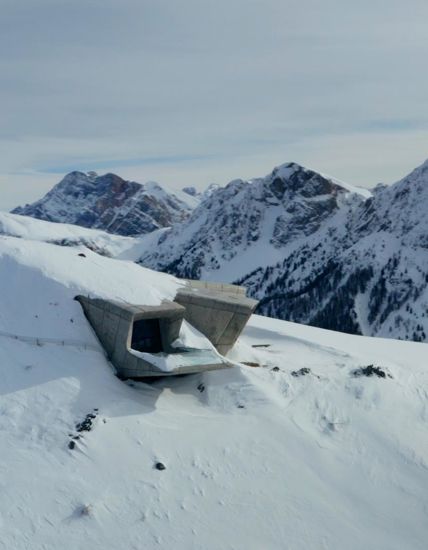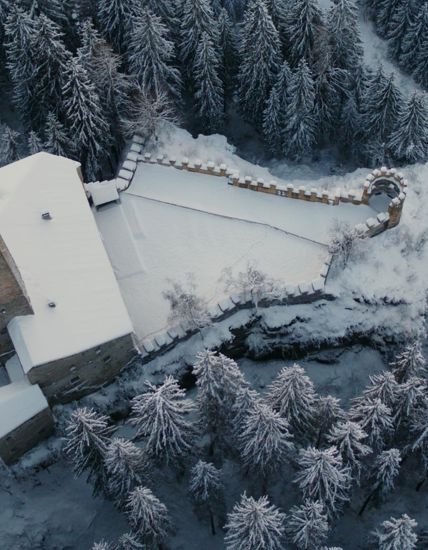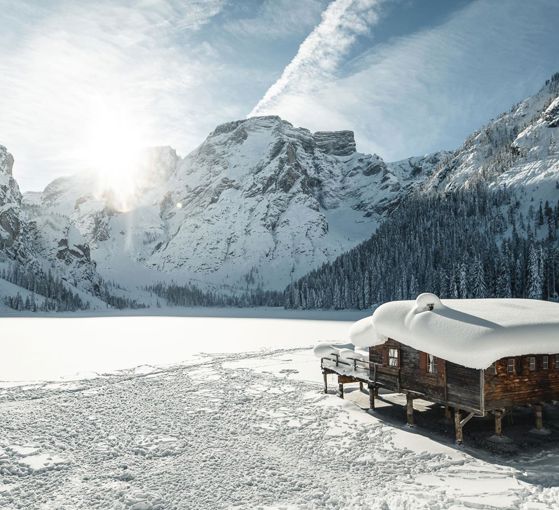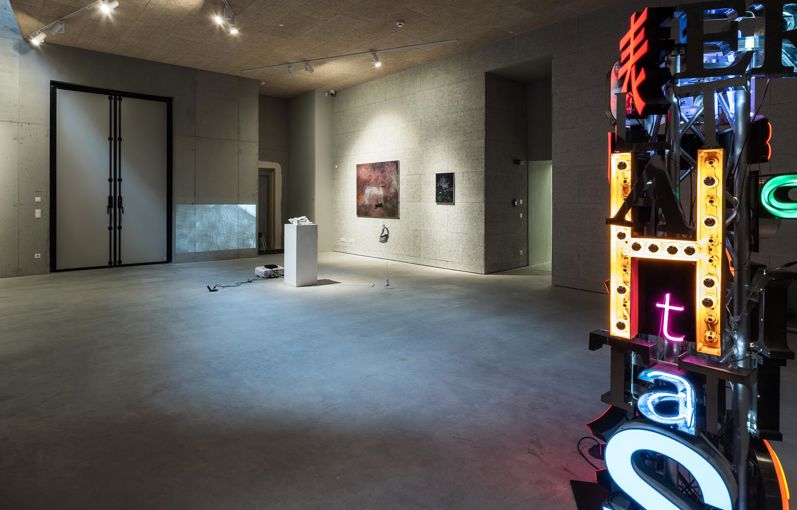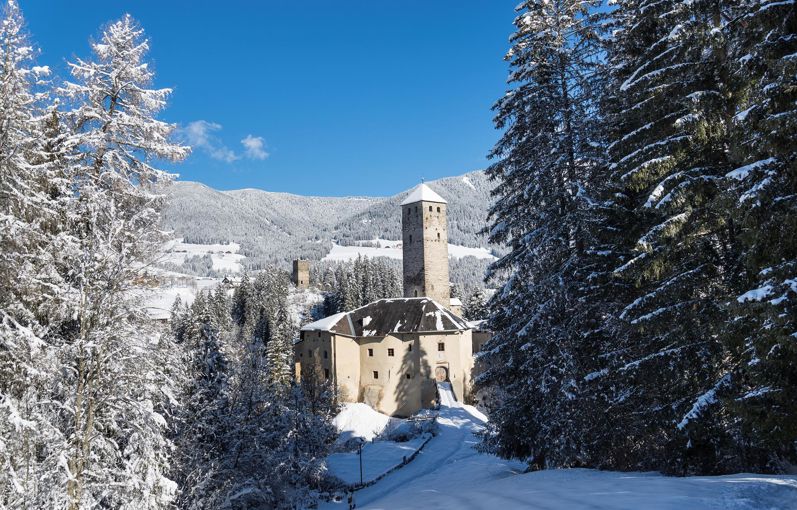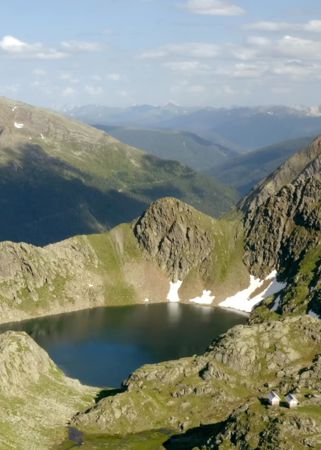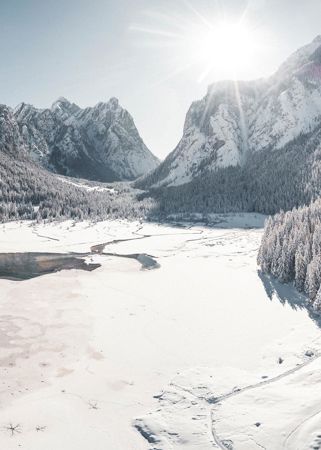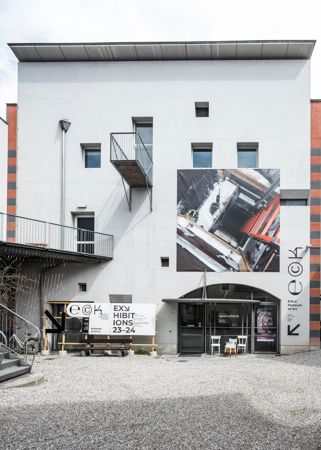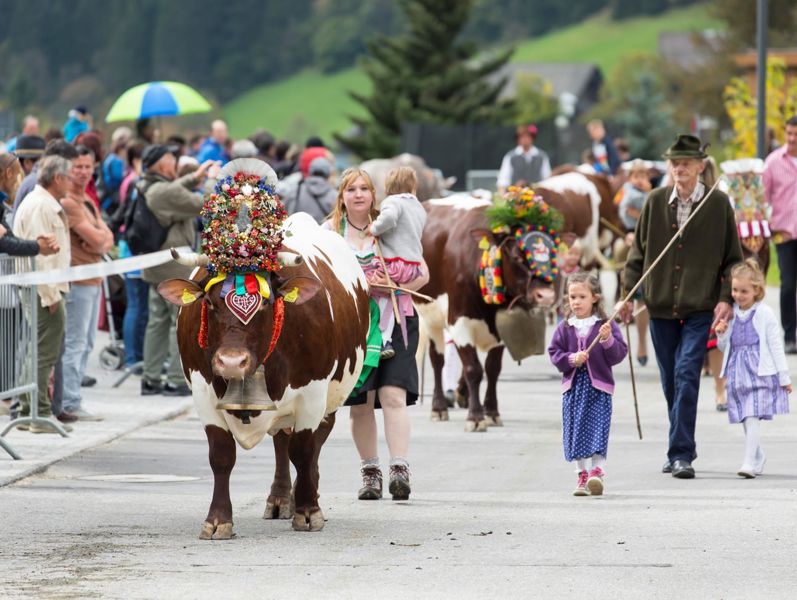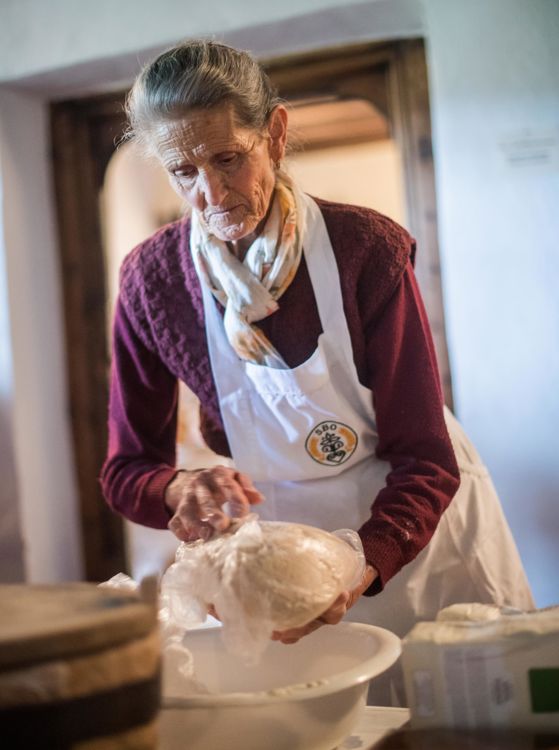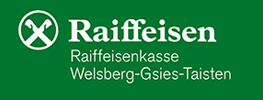Between Plan de Corones/Kronplatz and the Dolomites
A region full of natural and cultural wonders
Exciting past in a unique landscape setting: The sights in Val Pusteria/Pustertal Valley range from unique natural treasures to rare buildings and ancient artefacts. Are you always interested in the culture of a country when travelling? Then you've come to the right place - because there's plenty to discover in the region. From Val Casies/Gsiesertal Valley, Monguelfo/Welsberg and Tesido/Taisten, the hot spots are easily accessible in all directions. Want to see the Lago di Braies/Pragser Wildsee lake? Reinhold Messner's museum at over 2,000 metres above sea level? Or the 800-year-old Welsperg Castle? Then let's get going. Everything is just around the corner here.



